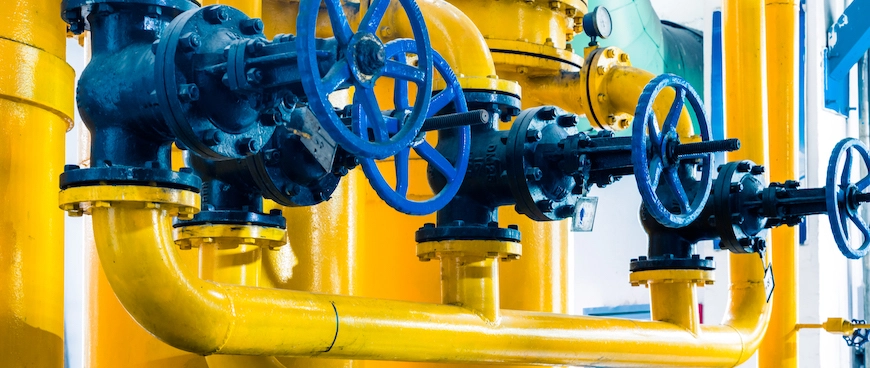What are the advantages of using natural gas compared to other fossil fuels? What is shale gas, where does it come from and how do we extract it? What is the difference between shale gas and natural gas? Before we answer these questions, you might want to read our article about the pros and cons of fossil fuels.
What is shale gas?
Shale is a fine-grained, clastic sedimentary rock, composed of mud and it is a massive mineral. It is so tough that drilling into it is a rather costly process. Shale gas is hiding beneath this kind of rock, deep below the surface.

There are two types of natural gas:
- Conventional
- Unconventional
While conventional gases are easy to extract and trapped under a permeable layer of rock, extracting unconventional gases is a really hard process. They are more than 4 kilometres below the surface, making it really difficult to produce them.
Shale gas definition
Shale gas has the same composition as natural gas. Every shale gas is a natural gas, the difference between the types of gases are the locations of the reservoirs. Natural gas can be found in big amounts, while shale gas is trapped inside the microcracks of a rock.
Both natural and shale gases are the most eco-friendly fossil fuels that help our planet’s decarbonization. They can also be liquefied and stored efficiently. Read more about liquefied natural gas. Natural gas is transported through pipelines or shipped in a liquified state.
Shale gas extraction
There are four types of natural gas extraction methods:
- Horizontal drilling
- Vertical drilling
- Hydraulic fracturing
- Acidizing
Because of the tough layer of shale, shale gas can only be extracted with hydraulic fracturing or even acidizing. This way drilling starts with a generated ‘micro-earthquake’. With high-pressure streams of water, sand, and chemicals it breaks up the formation of rocks.
Acidizing happens most of the time with fracking. This way, the acid is dissolving the rocks that may be on the way of the shale gas, so the gas can go upwards into the streamline.
Shale gas pros and cons
Fracking is a relatively new method of natural gas extraction. It is only available since the 90s and it was invented by George P. Mitchell (from Texas) to solve the largening consumption of natural gas in the United States. The US is the biggest natural gas consumer in the world, even though the country does not have many reservoirs.
And that is the biggest advantage: with hydraulic fracturing, we have more available reservoirs all over the world, delaying the date when we will run out of fossil fuels.
A disadvantage is, however, that fracking has a big environmental impact. Natural habitats can collapse because of the high amount of water that is used. And wastewater can be also dangerous for the environment.
Conclusion
Yet we are only making tiny steps on the way to a greener future, producing shale gas is inevitable to keep up the level of supply to the level of demand. We are consuming more and more energy every year, and the renewable energy industry cannot produce enough power to supply our households and industrial facilities.

